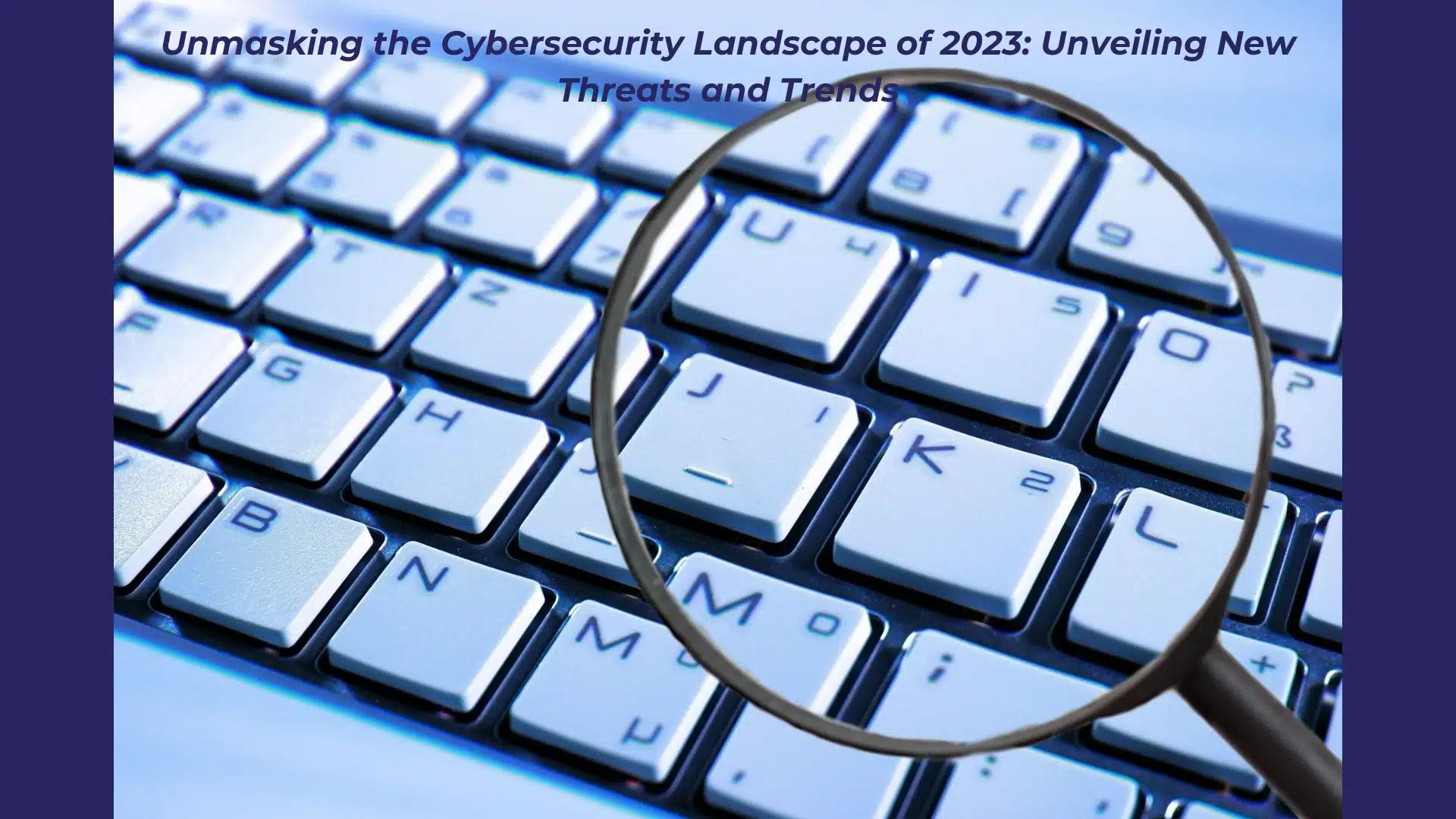
May 31, 2024 Information hub
Unmasking Cybersecurity Trends: New Threats Revealed
Introduction:
In the fast-evolving digital landscape, the realm of cybersecurity continues to face ever-changing challenges. As technology advances, so do the methods and sophistication of cyberattacks. With 2023 well underway, it is essential to understand the prevailing cybersecurity attacks and their impact on individuals, organizations, and even nations. In this article, we shed light on some of the notable cybersecurity attacks and emerging trends that have shaped the digital security landscape in 2023.
1. Ransomware Rallies:
Ransomware attacks have surged in recent years, and 2023 is no exception. Cybercriminals are increasingly leveraging ransomware as a lucrative means to exploit organizations and individuals. This year witnessed the emergence of more targeted and sophisticated attacks, with threat actors exploiting supply chains, critical infrastructure, and cloud environments. Ransomware gangs continue to evolve, employing new tactics like double-extortion, data leak threats, and leveraging cryptocurrencies to evade tracking.
2. IoT Vulnerabilities Exposed:
The proliferation of Internet of Things (IoT) devices has given rise to new avenues for cyberattacks. In 2023, we witnessed an increasing number of IoT-related vulnerabilities being exploited. Weak default passwords, insecure firmware, and lack of patching in IoT devices have made them attractive targets. Attacks targeting smart homes, industrial IoT systems, and healthcare infrastructure have escalated, emphasizing the need for robust security measures and proper device management protocols.
3. AI-Powered Threats:
The growth of Artificial Intelligence (AI) has had a significant impact on cybersecurity. Unfortunately, cybercriminals are now leveraging AI-driven techniques to launch more sophisticated attacks. AI-powered attacks can include automated phishing campaigns, intelligent malware, and AI-generated deepfakes to deceive individuals or bypass security systems. The defensive landscape must adapt rapidly to counter these AI-driven threats.
4. Supply Chain Attacks Expand:
The SolarWinds attack in 2020 marked a significant turning point in supply chain attacks, and the trend continued to gain momentum in 2023. Cybercriminals are targeting the software supply chain, injecting malicious code into trusted software updates. These attacks have far-reaching consequences, as they compromise multiple organizations and their clients. Heightened scrutiny of supply chain security, code review practices, and software vendor partnerships are crucial to mitigate such attacks.
5. Cloud Security Under Fire:
As organizations embrace cloud services for storage, computing, and application deployment, cybercriminals are diligently finding vulnerabilities within cloud environments. Misconfigurations, weak access controls, and poor security practices continue to expose sensitive data and infrastructure. Attack vectors like cloud jacking, data breaches, and container vulnerabilities have become more prevalent. Robust security architectures, regular audits, and continuous monitoring are imperative for safeguarding cloud environments.
6. Critical Infrastructure Attacks:
2023 witnessed an increased focus on critical infrastructure targets, including power grids, transportation systems, and water treatment plants. State-sponsored threat actors, hacktivists, and cybercriminals have recognized the disruptive potential of targeting these systems. Successful attacks could result in economic damage, disruption of essential services, and even potential threats to public safety. Strengthening the security posture of critical infrastructure systems and promoting collaboration between public and private sectors is vital.
Conclusion:
The cybersecurity landscape of 2023 has presented unprecedented challenges, necessitating enhanced vigilance and proactive defence measures. From the rapid evolution of ransomware attacks to the exploitation of IoT vulnerabilities and the emergence of AI-powered threats, cybercriminals are continuously refining their techniques. Organizations, individuals, and governments must prioritize robust security practices, including regular vulnerability assessments, penetration testing, employee awareness training, and the adoption of advanced technologies to combat these evolving threats. By staying informed and adaptive, we can collectively fortify our digital defences and safeguard our digital future.
